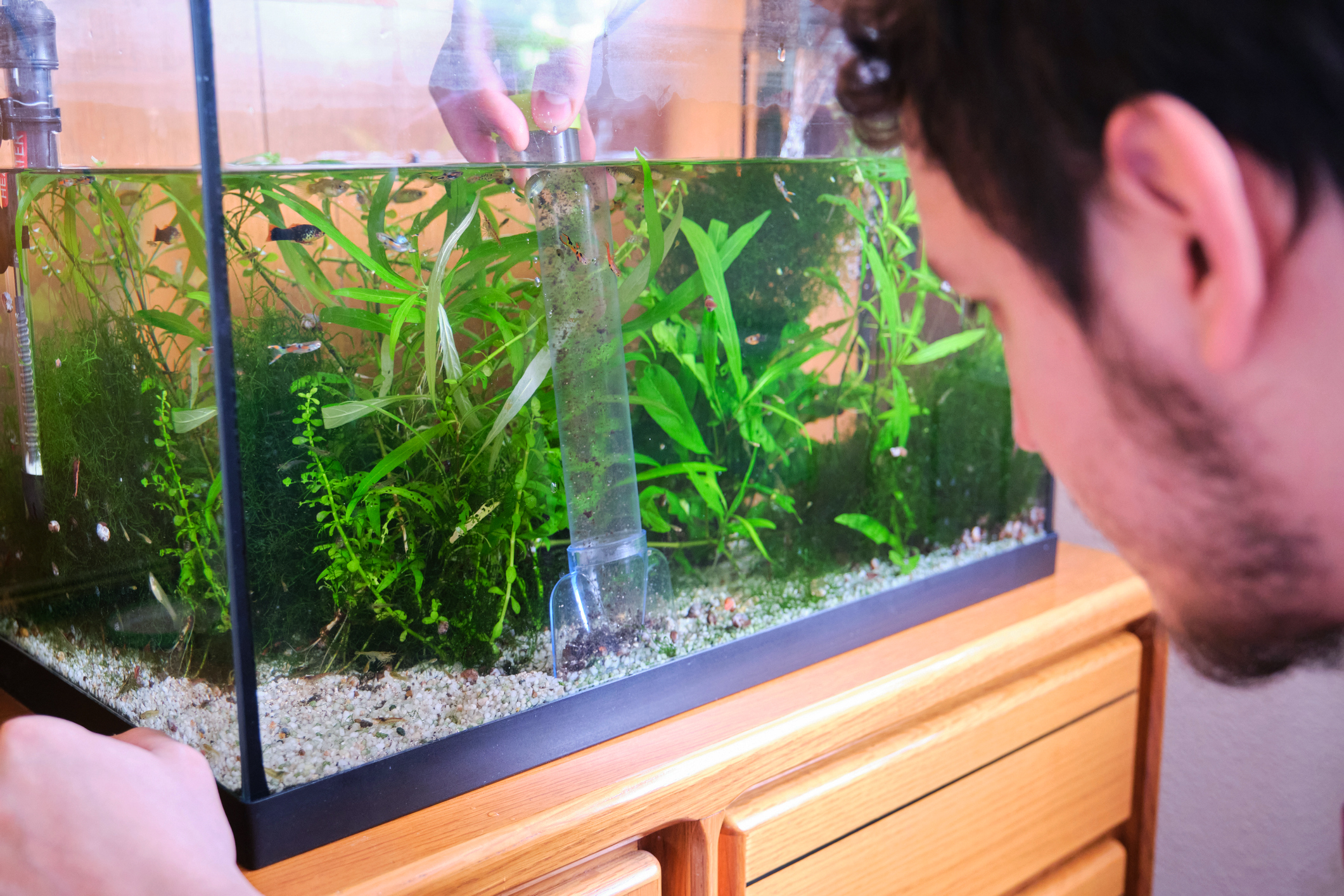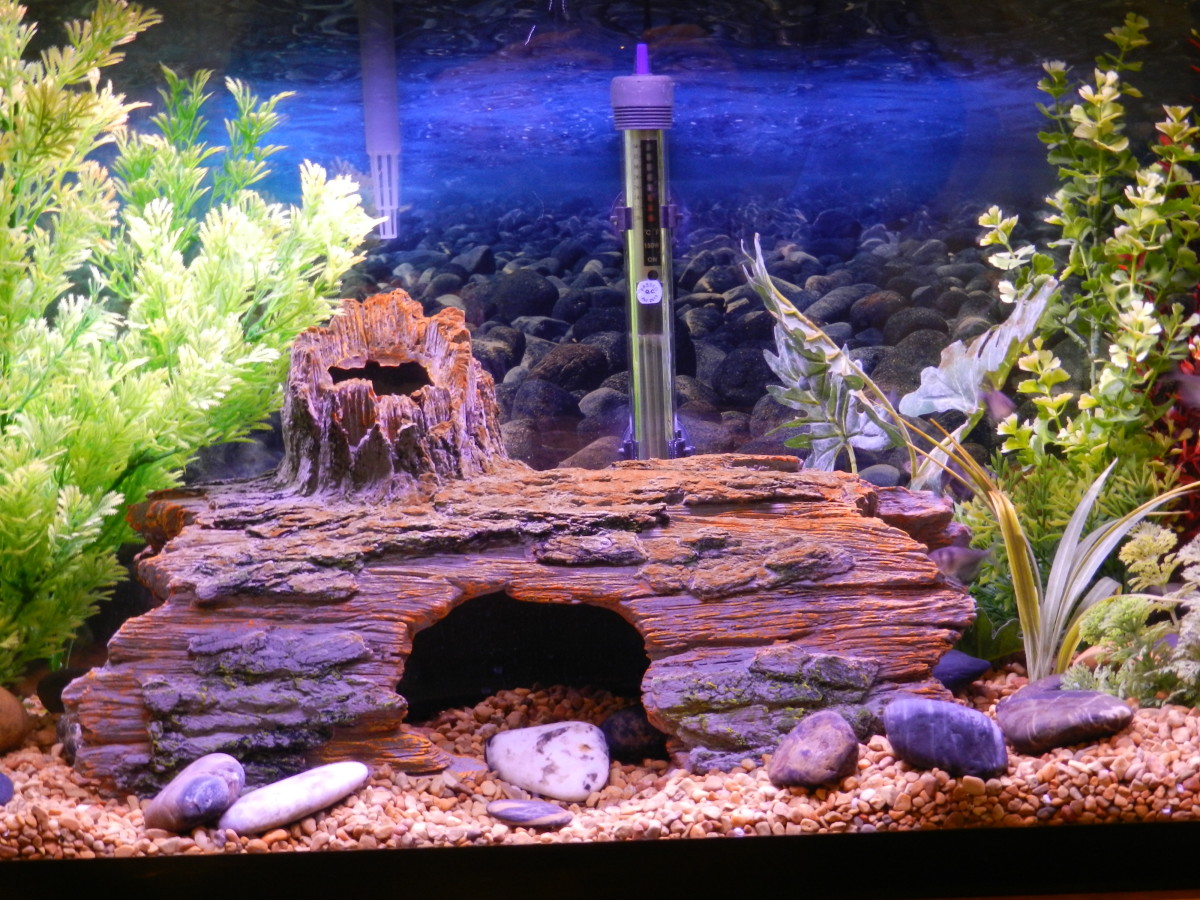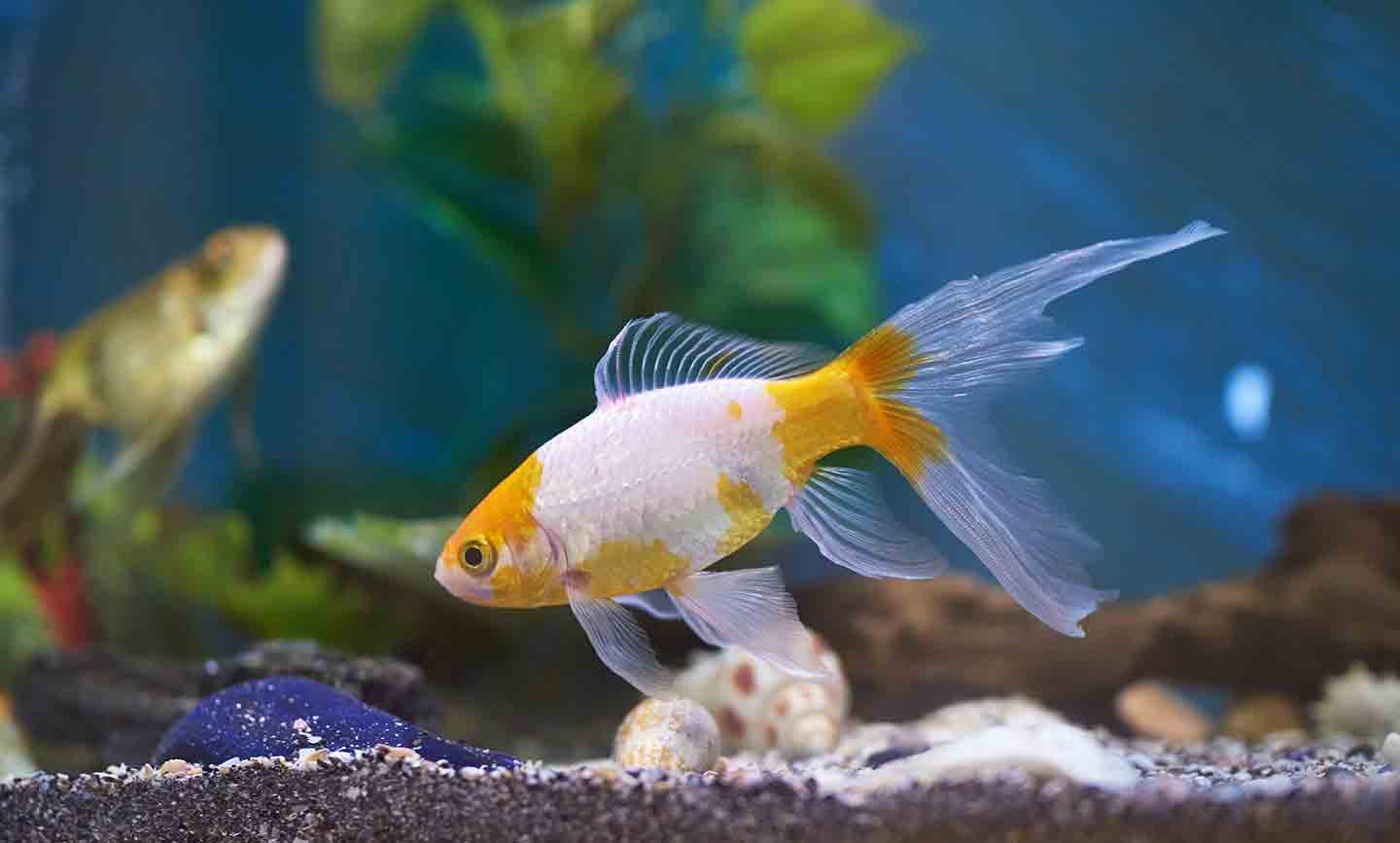Introduction: The Importance of Clear Water in Fish Tanks
Maintaining crystal-clear water in your fish tank is essential for the health and well-being of your aquatic pets. Cloudy or murky water not only detracts from the aesthetic appeal of your tank but can also indicate underlying issues that need to be addressed. In this comprehensive guide, we’ll explore the factors that contribute to cloudy water and provide practical tips for achieving and maintaining clarity in your fish tank.

Understanding the Causes of Cloudy Water
Cloudy water in fish tanks can be caused by various factors, including overfeeding, inadequate filtration, excess waste accumulation, and bacterial blooms. Understanding the underlying causes is the first step toward restoring clarity to your tank. Overfeeding, for example, can lead to a buildup of uneaten food and organic waste, while inadequate filtration can result in poor water circulation and filtration efficiency.
Investing in Quality Filtration Systems
One of the most important investments you can make for maintaining clear water in your fish tank is a high-quality filtration system. Filters help remove debris, excess nutrients, and harmful substances from the water, promoting a healthy aquatic environment for your fish. When choosing a filtration system, consider factors such as tank size, filtration capacity, and the specific needs of your fish species.

Implementing Regular Water Changes
Regular water changes are crucial for removing accumulated waste, excess nutrients, and other impurities from your fish tank. Aim to perform partial water changes of 25-30% every 1-2 weeks, depending on the size of your tank and the number of inhabitants. Use a siphon or gravel vacuum to remove debris from the substrate, and treat new water with a dechlorinator to remove harmful chemicals before adding it to the tank.
Maintaining Proper Water Parameters
Maintaining stable water parameters is essential for the health and well-being of your fish and aquatic plants. Monitor parameters such as temperature, pH, ammonia, nitrite, and nitrate levels regularly using test kits, and make adjustments as needed. Avoid overstocking your tank, as overcrowding can lead to increased waste production and water quality issues.
Addressing Algae Growth
Algae growth is a common cause of cloudy water in fish tanks, but it can be controlled through proper maintenance and algae management strategies. Regularly clean the glass surfaces of your tank to remove algae buildup, and consider incorporating algae-eating fish or invertebrates into your tank’s ecosystem. Additionally, ensure adequate lighting levels and avoid overfeeding, as excess nutrients can fuel algae growth.

Preventing Bacterial Blooms
Bacterial blooms can cause sudden cloudiness in fish tank water, often appearing as a milky white or greenish haze. These blooms are typically caused by an imbalance in the tank’s ecosystem, such as excess nutrients or organic waste. To prevent bacterial blooms, maintain proper filtration, perform regular water changes, and avoid overfeeding. Additionally, ensure good water circulation and aeration to promote oxygenation and bacterial balance.
Monitoring and Troubleshooting
Regular monitoring of your fish tank’s water parameters and visual appearance is essential for early detection of potential issues. Keep an eye out for changes in water clarity, unusual odors, or abnormal behavior in your fish. If you notice any signs of trouble, such as sudden cloudiness or a spike in ammonia levels, take prompt action to identify and address the underlying cause.
Choosing Suitable Tank Mates
When stocking your fish tank, choose tank mates that are compatible with each other in terms of size, temperament, and water requirements. Avoid aggressive or territorial species that may disrupt the harmony of your tank and stress out other inhabitants. Research the specific needs and behaviors of each species you plan to add to ensure a peaceful and thriving aquatic community.
Maintaining a Clean Environment
Regular maintenance is key to keeping your fish tank water crystal clear. In addition to performing water changes and cleaning the tank’s surfaces, it’s essential to maintain a clean substrate. Use a gravel vacuum or substrate cleaner to remove debris and waste from the substrate during water changes. This helps prevent the buildup of organic matter that can contribute to cloudy water and algae growth.
Addressing Nutrient Imbalances
Nutrient imbalances, particularly high levels of ammonia, nitrite, and nitrate, can lead to cloudy water and pose health risks to your fish. Monitor these parameters regularly and take steps to address any imbalances. Performing water changes, reducing feeding amounts, and adding live plants can help absorb excess nutrients and restore water quality. Additionally, consider using chemical filtration media, such as activated carbon, to remove impurities from the water.

Seeking Professional Advice
If you’re struggling to achieve and maintain clarity in your fish tank water despite your best efforts, don’t hesitate to seek advice from a professional aquarist or veterinarian. They can offer personalized recommendations based on your specific tank setup and the needs of your fish. In some cases, they may recommend advanced filtration techniques or medication to address persistent water quality issues.
Embracing Patience and Persistence
Achieving and maintaining crystal-clear water in your fish tank is an ongoing process that requires patience and persistence. It may take time to establish a healthy ecosystem and fine-tune your maintenance routine to suit the needs of your fish and plants. Don’t get discouraged by setbacks or temporary cloudiness – stay committed to providing the best possible care for your aquatic pets, and your efforts will be rewarded with a beautiful and thriving fish tank.
Exploring Advanced Filtration Techniques
For enthusiasts seeking to elevate their aquarium maintenance game, advanced filtration techniques offer additional options for achieving and maintaining crystal-clear water. One such technique is the use of protein skimmers, which are highly efficient at removing dissolved organic compounds and proteins from the water column. Protein skimmers create fine bubbles that attract and capture organic molecules, which are then removed from the tank via a collection cup.

Conclusion: A Clear Path to Aquatic Bliss
In conclusion, mastering clarity in your fish tank water is achievable with the right knowledge, tools, and dedication. By understanding the causes of cloudy water and implementing effective maintenance strategies, you can create a pristine aquatic environment for your fish to enjoy. Remember to prioritize proper filtration, regular water changes, and balanced stocking to promote optimal water quality and the health and well-being of your aquatic pets. With careful attention to detail and a commitment to excellence, you can achieve and maintain crystal-clear water in your fish tank for years to come.









